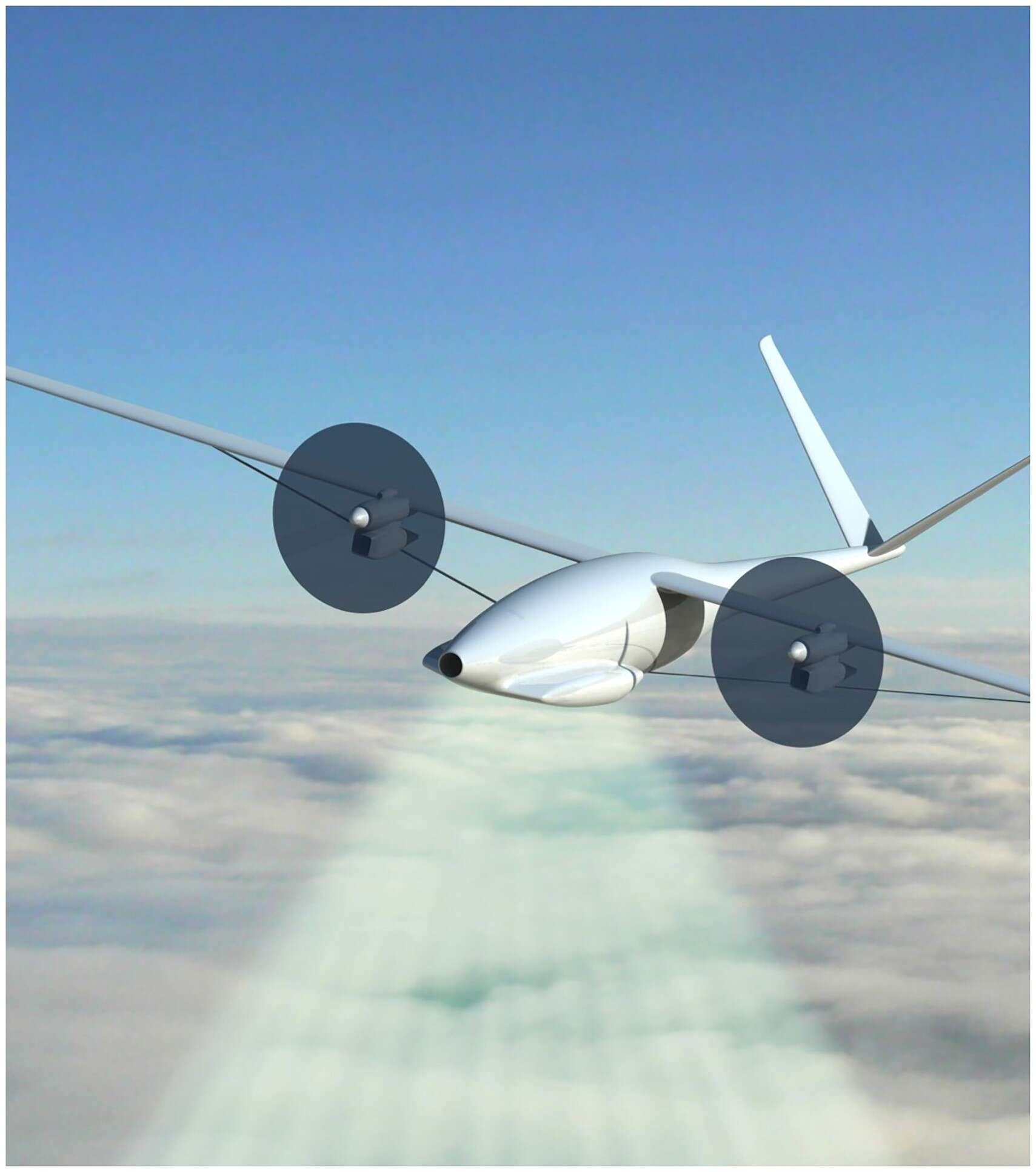
BT has turned to high-altitude drones to plug some of the gaps in its 5G mobile internet infrastructure, particularly in the most hard-to-reach parts of the country where running cables isn’t economically viable. The trial is being operated by start-up Stratospheric Platforms with funding from Innovate UK.

The project is at the early stage, operating out of the BT R&D headquarters at Adastral Park in Suffolk. There engineers will test a new 5G antenna that can split and control beams in 500 directions, potentially providing coverage to 15,000 sq km area. Eventually the antenna will be fitted to a High-Altitude Platform Station (HAPS) aircraft flying 20km above the ground, but for the test it will be put on a high building where engineers will ensure it can access the BT secure 5G infrastructure.
These fully autonomous drones operate in the stratosphere and can run for months or even years without having to return to the ground. They can be programmed to operate over regions that would otherwise be hard to reach by ground, providing connectivity cheaper than sending a satellite into orbit and without the permanence.
BT says if successful, this could be a solution to one of the final challenges of mobile connectivity – getting coverage to remote parts of the country, and could also provide a fallback if there is a disaster that takes out ground-based infrastructure, sending the drone above the disrupted region to reconnect communications.
Also known as pseudo-satellites, the high-flying drones could be used in military operations, border security, disaster response and agricultural observations. It is the technology Meta had previously considered as a solution for providing high-speed internet throughout Africa.
Stratospheric Platforms is backed by Deutsche Telekom and is working towards its first rollout, offering “reliable 5G” to new areas at a faster pace than traditional ground-based solutions. They are being dubbed “masts in the sky” that work alongside existing fixed networks.
The project, according to BT, could offer “transformational opportunities for sectors operating in remote areas such as transport, maritime security and search and rescue and could provide faster and more seamless connectivity direct to consumers mobile devices in remote areas,” if it works as expected.
5G drones deliver wide coverage area
The antenna technology developed by Stratospheric Platforms includes uninterrupted 4G and 5G connectivity that connects directly to smartphones and devices, removing the need to install any fixed infrastructure in that region. Each antenna can deliver up to 150Mps to a 15,000 sq km area. With ground-based masts you would need 450 to cover that same area. It does this by providing 500 individually steerable beams from its point 20km above the ground.
HAPS drones operated by Stratospheric use hydrogen as a fuel source, cover an area 450 times larger than a single mast and provide connectivity to parts of the country where it would be financially and energy-inefficient to offer fixed services, BT explained, adding this means the solution could present a significant cost and energy saving.
That could be some way off though. No fixed timeline has been released but as part of the trials, the team will develop a secure 5G HAPS demonstration system, initially placing the antenna on a high building rather than on a drone in the stratosphere. This will simulate the high-altitude platform.
This early test is designed to ensure it can interact with the BT 5G secure architecture and connect to the Open RAN testbed, before launching a costly pseudo-satellite mission, as they are designed to be in the stratosphere for long periods, so it is vital the team get connectivity right before launch. The test will include supporting a variety of user groups and use cases at the same time, on the same network.
“We’re delighted to be partnering with SPL to start realising the huge potential of HAPS aircraft to further strengthen our UK 4G and 5G network technology leadership,” exclaimed Tim Whitley, managing director research and network strategy, BT Group. “This highly innovative and transformative project has the potential to further enhance our UK 4G and 5G footprint, which is already the largest and most reliable in the UK, to connect unserved rural areas and enable exciting new use cases for private users.”
This is one of a number of initiatives aimed at providing blanket high-speed connectivity to the entire UK, including the most remote parts of the country. Last year the government announced a project that would see some remote regions offered access to the SpaceX Starlink network where it wasn’t feasible to install lines or masts.
Drones are also being trialled across other areas of the UK economy to connect hard-to-reach areas. The NHS is looking at how it can deploy UAVs to deliver drugs, while Royal Mail has been trialling postal deliveries using the craft.






